Piano Melody - Play by Ear
Master playing piano by ear with challenging melodies and practice modes.
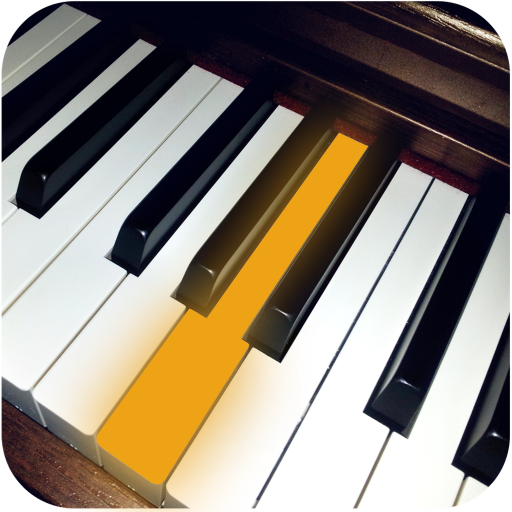
- Improved Learning Experience Version
- 3.8 Score
- 8M+ Downloads
- In-app purchases License
- 3+ Content Rating
Master the art of playing your beloved songs on the piano by mimicking the melody
• Explore a collection of over 1000 songs spanning diverse eras and genres.
• Customize your piano experience with features like multitouch, glissando, note labels, and highlighting.
• Adjustable piano size to cater to all devices, including tablets.
• Impress others with your musical repertoire as you learn renowned songs.
Enhanced Piano Experience
Tailor the key size on the piano for improved accuracy – larger keys for precise notes and smaller keys to view three octaves at once.
• Compatible with both smartphones and tablets.
• Hone your skills by focusing on specific sections of a composition for efficient learning.
• Immerse yourself in authentic grand piano sounds engineered by professionals.
Progressive Learning
Rapidly enhance your piano skills by customizing song speeds to match your proficiency level. Challenge yourself by playing without highlighted notes.
• Easily control the song volume for play-along sessions.
Becoming A Versatile Musician
Enhance your ear-playing abilities.
Efficiently learn piano tunes with the play-and-repeat technique.
Gradually master songs starting from a few notes.
Suitable for individuals of all ages (from kids to adults) and skill levels (from beginners to advanced players).
Free Version
Enjoy immediate access to 100 free songs from the extensive catalog. Unlock all songs by demonstrating your skills.
Diverse Song List
Explore a broad song selection featuring hits from various bands and genres like Rock, Classical, Bollywood, KPop, Pop, Film and TV Theme Tunes, and more.
Melodic Training
Learn and replicate main melodies, choruses, intros, verses with up to 500 notes per song.
Chord Progressions
Discover and play exceptional chord licks and progressions.
How Does “Playing Piano by Ear” Actually Work?
You have probably heard about how some people can play music “by ear”. But what exactly is that? Are they somehow more talented? Do they just know what to play in every moment, as if by magic? Doesn’t everyone need to go through music reading lessons to be able to play music?
Let me answer this questions, first by separating the skill of reading (and sight-reading) from playing by ear, and then showing what it takes to do it.
Reading
Reading is a necessity for classical musicians. Some of the pieces they play are centuries old, and there was no way to share them, beyond hearing a concert in the moment, other than writing the scores down. Learning to read music can be reduced to identifying the notes, learn the rhythms, and put them together to play what is written.
Sight-reading is a more advanced version. You have to be an already proficient reader for it. Sight-reading consists on read measures in advance so you can keep playing the piece without stopping. It is more commonly used by musical theater and show bands, where they have to maintain cohesive harmony and a common rhythm, while hitting some notes all at the same time, in a precise way. It’s sometimes used in jazz for sketching the whole piece, and to keep the song’s melody below all the improvisation. Jazz musicians also rely on playing by ear, but the complexity of some pieces require the ability to sight read.
Playing by Ear
Playing by ear is what the majority of pop, rock & blues musicians do. When you play by ear, you basically hear something and try to play it back. In a band context, you hear someone play or sing, and you play something that supports them. No sheet music required at all.
What playing by ear requires is a good ear, obviously. The good thing is that doing it is the best way to improve your ear. Still, it’s incredibly beneficial to supplement it with some theory, to rely less on guesswork and memorization, and with ear training.
The theory shows you the usual patterns and structures, and why they sound well together. The ear training puts it into practice by teaching you how to hear those patterns and structures.
Absolute vs. Relative
You may have heard about absolute pitch (also called perfect pitch), the ability to recognize notes in isolation (for example, someone sings a random note and you identify it on the piano, without other reference, and without second guessing).
Absolute pitch is not necessary to learn to play by ear. It is a great ability to have, and some studies have shown that it can be taught to children up to 7 years old, but playing by ear requires the development of a different skill: relative pitch.
Relative pitch is the ability to identify relationships between notes (If someone gives you a “reference” note, and then sings a different random note, you can identify the note on the piano by relating it to to the “reference”).
It’s more useful for playing by ear, because if you hear a series of melody notes, you only need to identify the key (the music scale the melody is based on, the “reference” of the song) and you will be able to guess the rest of the notes without problem.
Another advantage is, if someone plays the same song in a different key (something singers do often if they are more comfortable in an upper or lower register) you would still know how to play it, because relative pitch is about the form of the melody, not the actual notes. You just have to get the new key (“reference”) and you can play the rest.
The best thing about relative pitch is that it can be trained at any age!
Reading is a useful skill to have, don’t get me wrong, and it’s essential if you play classical music. But playing by ear is an incredibly useful thing to pursue. After all, music is all about sound, so your ear is the number 1 thing to develop.
If you play in any kind of pop-rock cover band, or in church, or if you just want to play along the latest songs on the radio, a good ear will get you up to speed without having to worry about when (and if) the sheet music will be available for sale.
If you plan to learn how to play piano by ear, let us know and we have piano teachers who are trained to teach play by ear for you. In a short time you could be the one picking songs by ear from the radio, or on your next band practice. Give it a try and impress other musicians with your ears and your playing!
- VersionImproved Learning Experience
- UpdateSep 18, 2024
- DeveloperLearn To Master
- CategoryEducation
- Requires AndroidAndroid 7.0+
- Downloads8M+
- Package Namecom.veitch.themelodymaster.pmf
- Signature06364338099fc8bb097cfd9d40247bbe
- Available on
- ReportFlag as inappropriate
-
NameSizeDownload
-
16.41 MB
-
16.41 MB
-
15.75 MB


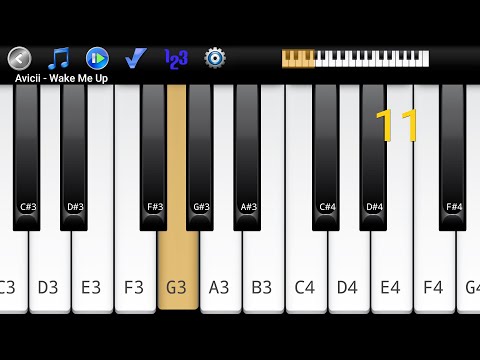
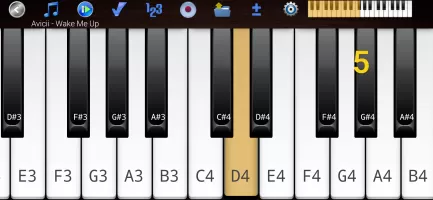

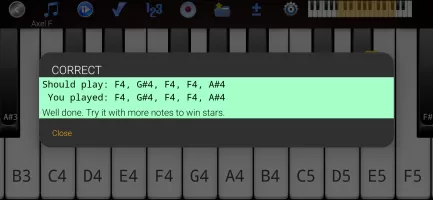
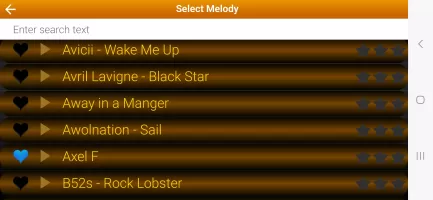
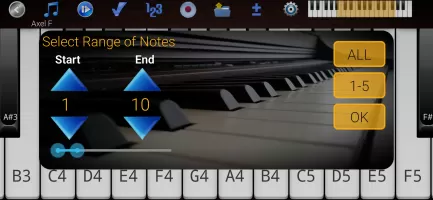
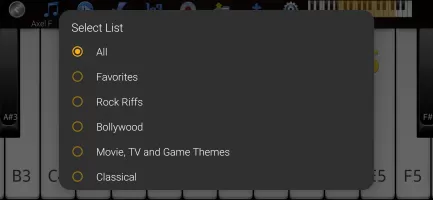

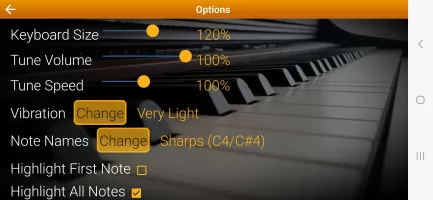
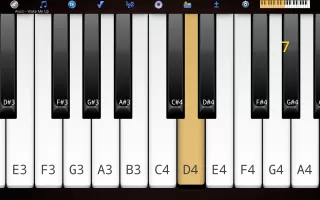
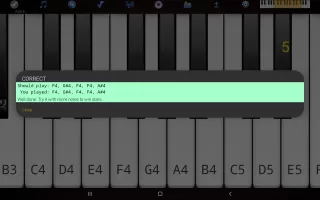
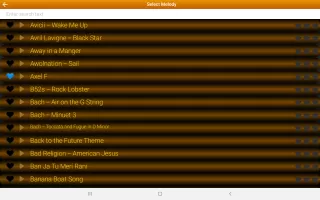

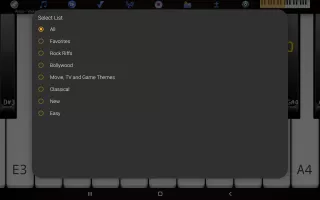
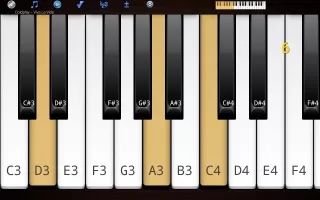
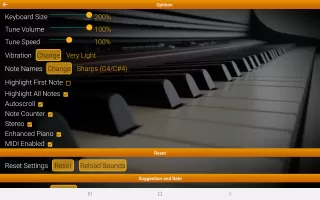

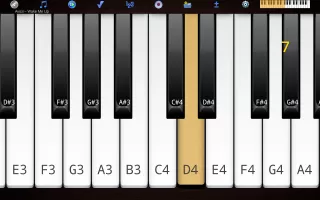
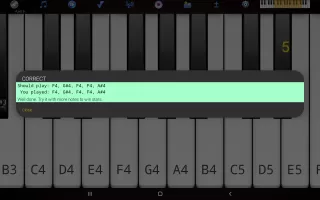
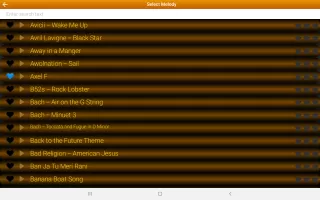
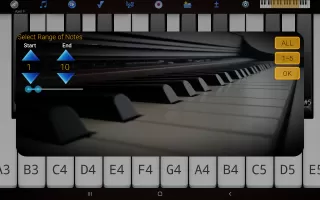

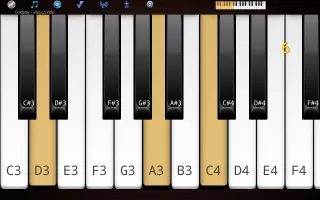
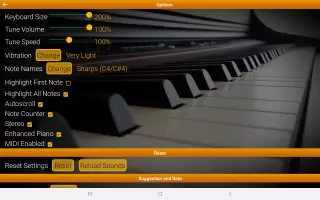
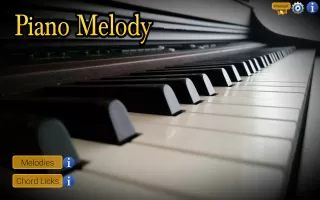


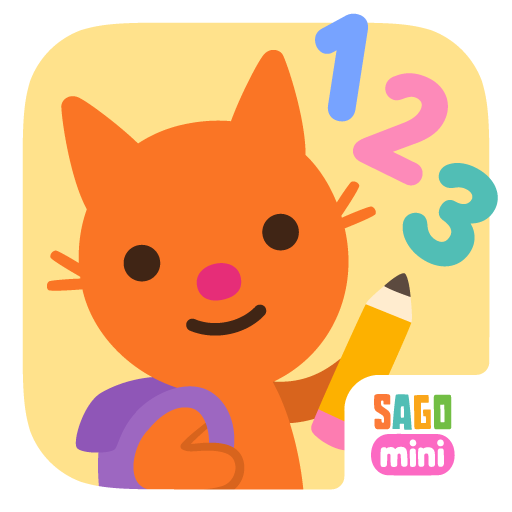





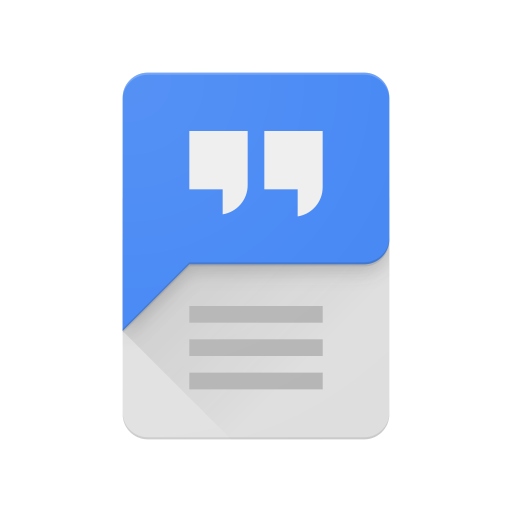







Simple and enough features for a newbie
very low size and offline
skills not for beginers
key sounds not so clear and crystal